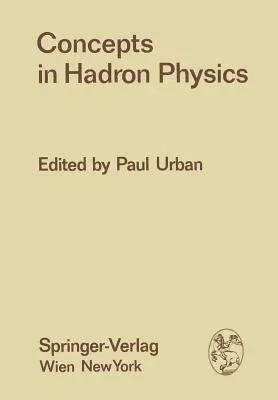Concepts in Hadron Physics: Proceedings of the X. Internationale Universitätswochen Für Kernphysik 1971 Der Karl-Franzens-Universität Graz, at Sch (SoPaperback - Softcover Reprint of the Original 1st 1971, 25 January 2012

Qty
1
Turbo
Ships in 2 - 3 days
In Stock
Free Delivery
Cash on Delivery
15 Days
Free Returns
Secure Checkout
Part of Series
Few-Body Systems
Print Length
424 pages
Language
English
Publisher
Springer
Date Published
25 Jan 2012
ISBN-10
3709182867
ISBN-13
9783709182864
Description
Product Details
Book Edition:
Softcover Reprint of the Original 1st 1971
Book Format:
Paperback
Country of Origin:
NL
Date Published:
25 January 2012
Dimensions:
24.41 x
16.99 x
2.31 cm
ISBN-10:
3709182867
ISBN-13:
9783709182864
Language:
English
Location:
Vienna
Pages:
424
Publisher:
Series:
Weight:
707.6 gm

